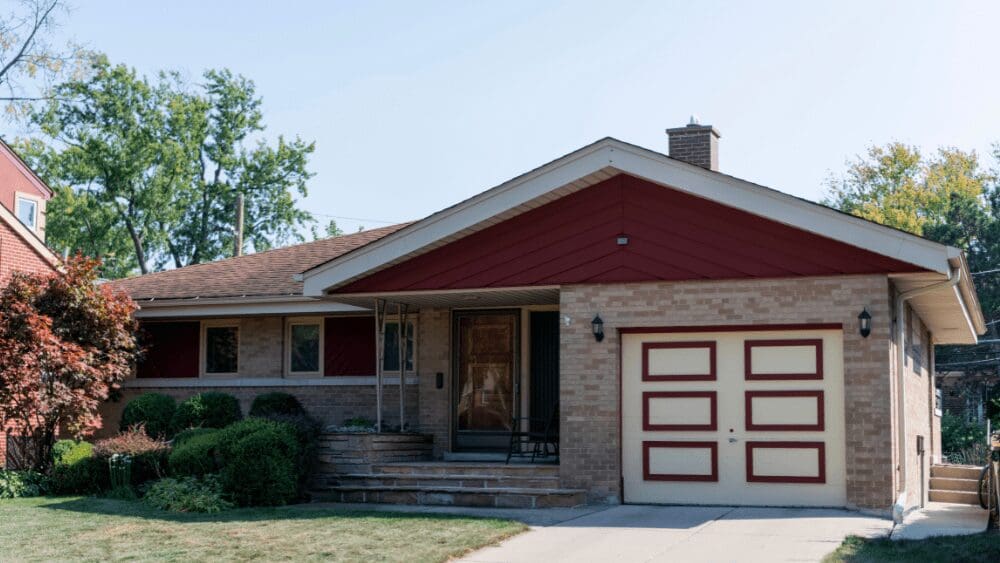
When you’re buying a home, there are many moving parts that can feel out of your control. Perhaps the biggest gear that needs to turn in your favor is the mortgage loan. A common worry among homebuyers is to find the perfect house, put down a deposit with an accepted offer, and then learn that your mortgage application is denied — you lose both the house and your earnest money. This is where a mortgage contingency can save the day. A mortgage contingency protects you in such situations, ensuring that you’re not left holding an empty bag if the financing falls through. In this guide, we’ll explore the ins and outs of a mortgage contingency, helping you understand how it works and why it may — or may not be — part of your home-buying plan. A mortgage contingency is a clause in a real estate contract that makes the purchase contingent, or dependent, on the buyer securing a mortgage loan. It’s a legal provision that offers protection to you as a buyer, ensuring that if you can’t secure a mortgage within a specified timeframe, you can back out of the contract without facing legal or financial penalties. This clause is particularly important for those who make an offer on a home before receiving final approval from a lender. Essentially, it’s a safety net. If your loan application is denied, or you can’t secure financing under the terms outlined in the contingency, you can withdraw from the deal and typically recover any earnest money deposit you’ve made. A mortgage contingency, also known as a “financing contingency” or “loan contingency,” provides a layer of security, allowing you to confidently make offers, knowing that your financial investment is protected if the loan doesn’t come through. A mortgage contingency works by setting specific conditions that must be met for a real estate transaction to proceed. Here’s a brief overview of how it functions: 1. Setting the terms: When you make an offer on a home and include a mortgage contingency, you specify the terms. These typically include the amount of time you have to secure financing and the acceptable terms of the mortgage (like interest rate and loan type). 2. Securing the loan: During the specified period, you must obtain a mortgage that meets these terms. This involves applying for a loan, undergoing the lender’s approval process, and receiving a commitment letter from the lender. 3. Proceeding or withdrawing: If you secure the mortgage within the contingency period and the terms align with those specified in the clause, the sale moves forward. However, if you can’t secure financing or the terms differ significantly (like a higher interest rate), you have the option to back out of the contract. 4. Refund of deposit: If you withdraw from the contract due to an unfulfilled mortgage contingency, you’re typically entitled to a refund of your earnest money deposit, safeguarding your finances. In essence, a mortgage contingency acts as a form of insurance for your home purchase, ensuring that you’re not legally bound to buy a home if the financing falls through. Here’s a breakdown of the information typically included in a mortgage contingency clause: The duration of a mortgage contingency contract varies, but it typically lasts 30 to 60 days from the date of the signed purchase agreement. This period is negotiated between the buyer and seller and reflects the time deemed sufficient for the buyer to secure a mortgage. The length of the contingency plays a key role for all involved: it must be long enough to allow for the mortgage approval process, yet not so long that it unduly delays the transaction for the seller. If the buyer cannot secure a mortgage within this timeframe, they can back out of the deal without losing their earnest money deposit. However, once this period expires, the contingency is no longer valid, and the buyer may risk losing their deposit if they can’t complete the purchase. This is all part of the due diligence period. And while buyers can request an extension, the seller is under no obligation to grant any additional time.What is a mortgage contingency?
How does a mortgage contingency work?
What information does a mortgage contingency clause contain?
How long does a mortgage contingency contract last?



